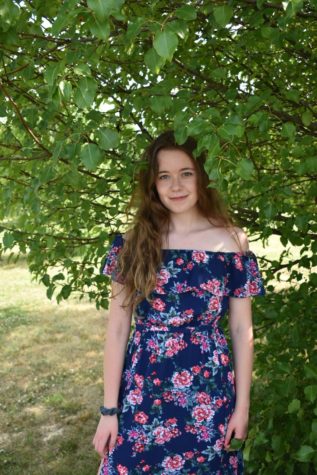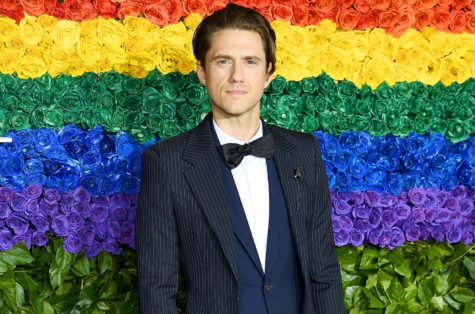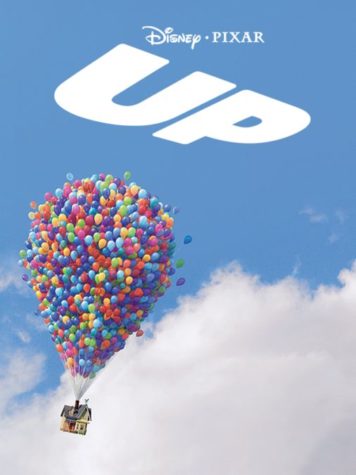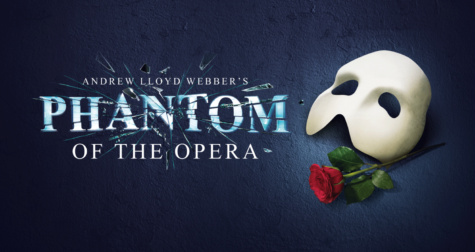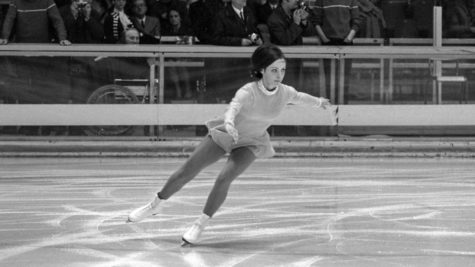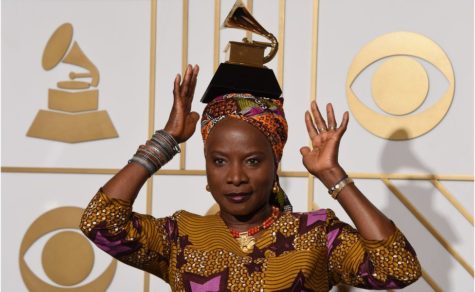The Erie Philharmonic Hosts Virtual Oktoberfest
October 22, 2020
The Erie Philharmonic hosted its “Oktoberfest” live concert online on Oct. 8 at 8 p.m. and rebroadcast it on Oct. 11 and Oct. 15 on the Erie Philharmonic YouTube channel.
The performance was funded in part by the Clarence E. Beyers Music Performance Fund of the Erie Arts Endowment. The online concert series is the first time the Philharmonic has played since COVID-19 prevented them from performing with a live audience.
The Erie Philharmonic was established in 1913 under the direction of Franz Kohler as an entirely symphonic performance group, and it was very beloved by the Erie audience. The group of fifty ensemble members was originally known as the Erie Symphonic Orchestra. There was an Erie Philharmonic Society created to sponsor the orchestra after the community fully supported the group.
In 1942, the group became a member of the American Symphony Orchestra League. The Erie Philharmonic has since been performing at Warner Theatre on State Street since 1974.
There have been 12 different conductors since the start of the group. The current conductor is Daniel Meyer.
Meyer has an impressive background in music. He studied conducting both at the Vienna School of Art and Music (Hochschule für Musik) as a Rotary Ambassadorial Scholar and at Boston University where he received an Orchestral Conducting Honors Award. He won the conducting prize at the Aspen Music Festival in 2002.
Meyer has conducted over 25 different symphonies and orchestras in his career. Meyer is known for his innovative programs, engaging presence and keen musical intellect.
As the director of the Pittsburgh Youth Symphony Orchestra, he completely altered how they approached their teaching to the students, and he led them on their first tour to China and a further international tour of Vienna, Prague, Leipzig and Budapest.
Oktoberfest started in 1810 to celebrate the marriage of the prince of Bavaria who became King Louis I. The festival is known for having a lot of different types of music from multiple genres and from multiple famous artists.
However, few, if any, are performed by a symphony orchestra.
The traditional music is folk, marches and polkas where the people in attendance all gather and lock arms for one giant dance as the night goes on. While German music is the most typical tune one would hear, there are also some international hits that are played in the tents.
There were seven songs performed in the concert and they included: Mozart’s “Eine Kleine Nachtmusik,” Bach’s “Brandenburg Concerto No. 3,” Strauss’s “Pizzicato Polka,” Webern’s “Langsamer Satz,” Schubert’s “Scherzo from Death and the Maiden,” Haydn’s “Serenade” and Mendelssohn’s “Octet”.
The Erie Philharmonic wanted their “Oktoberfest” to be a little different in the fact that the traditional German folk music is not all that was played, but Bach, Strauss and Mendelssohn are German composers so there is still a touch of traditional German music in the mix.

